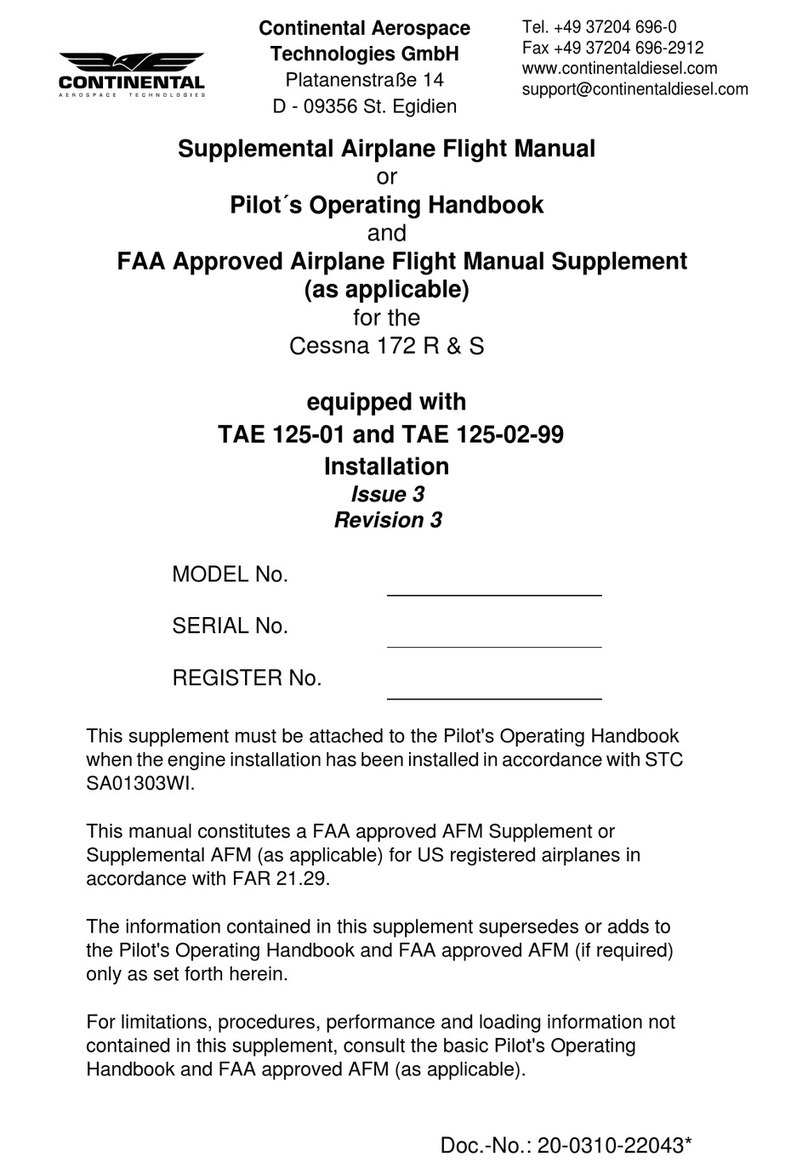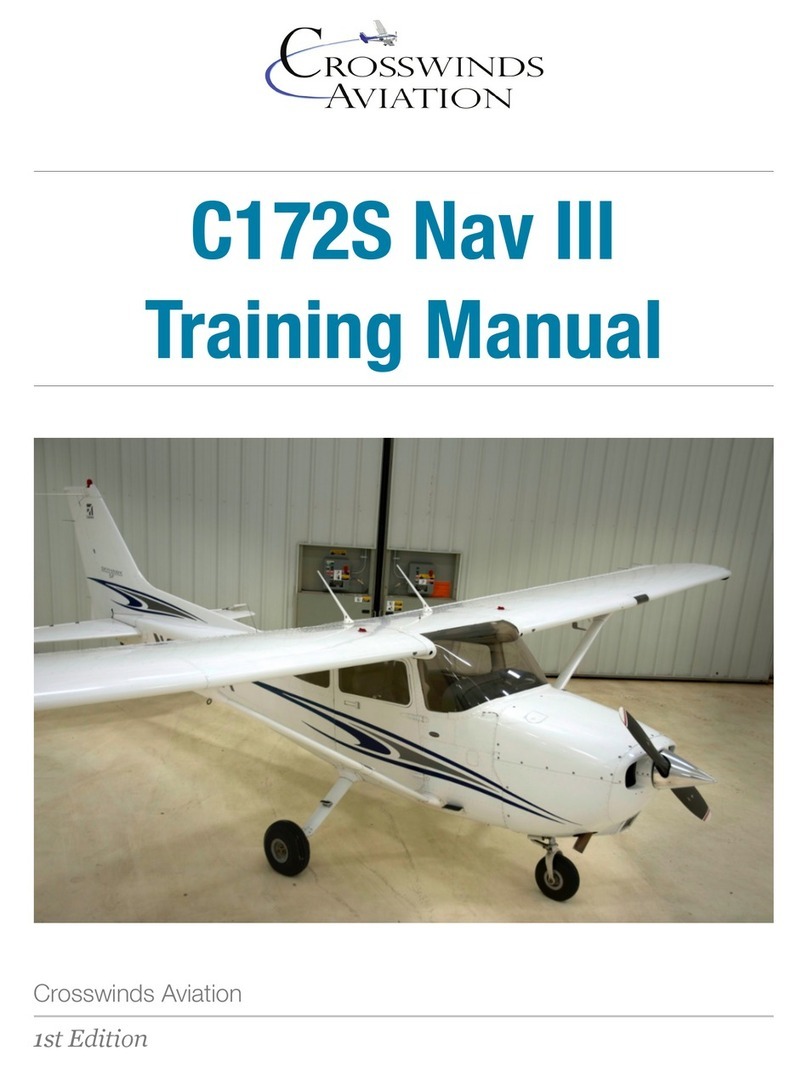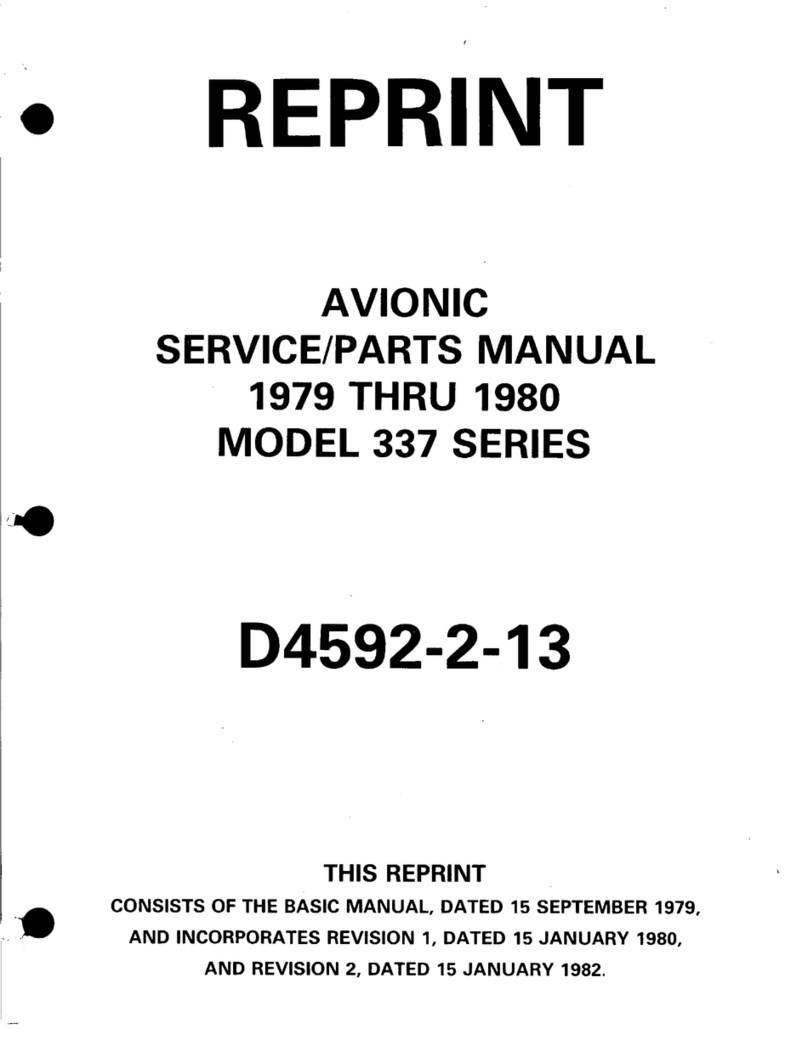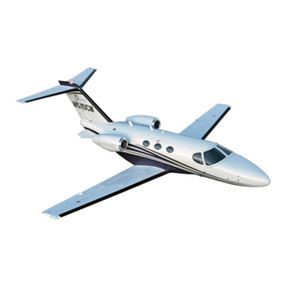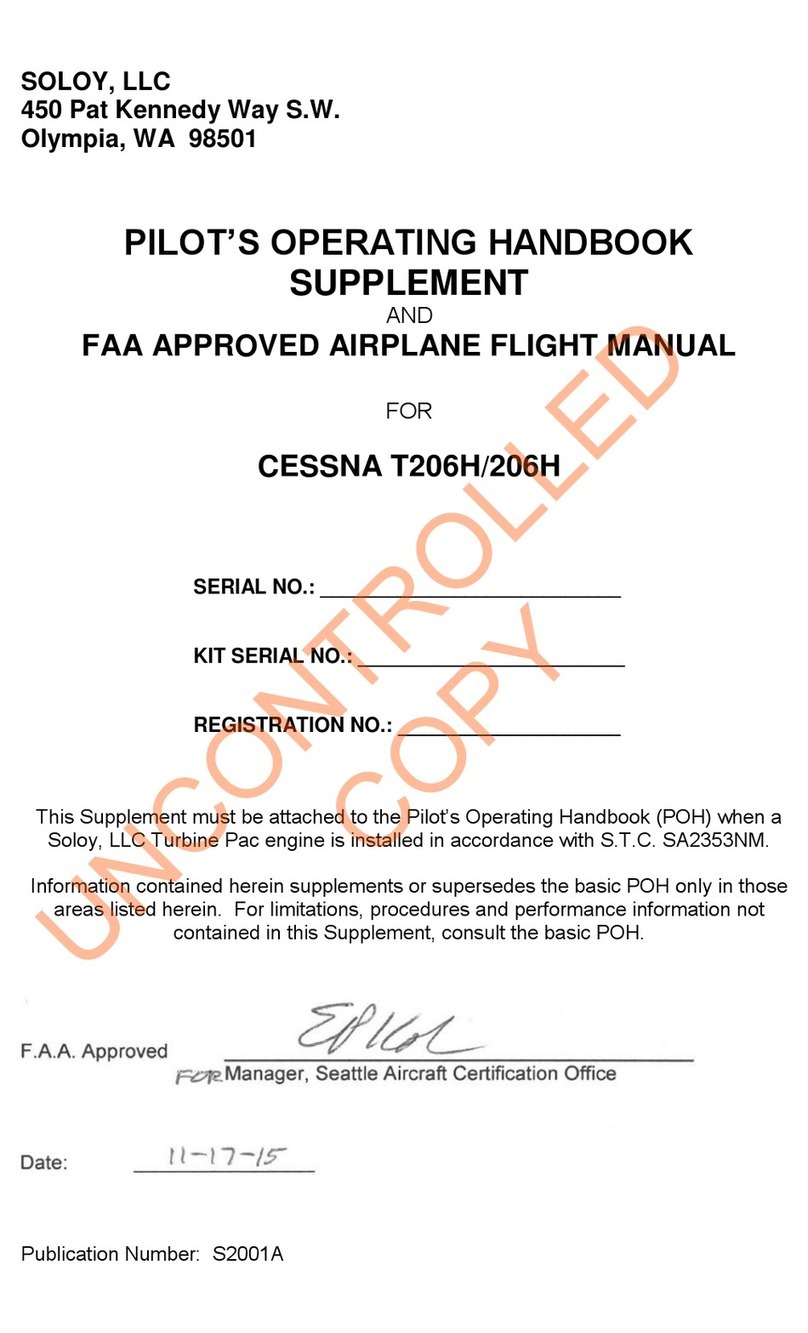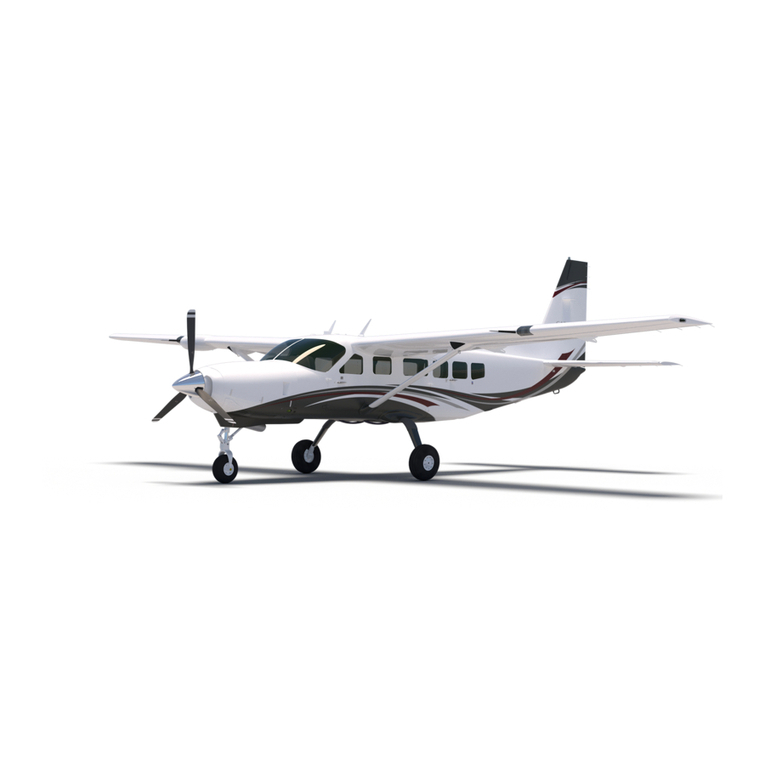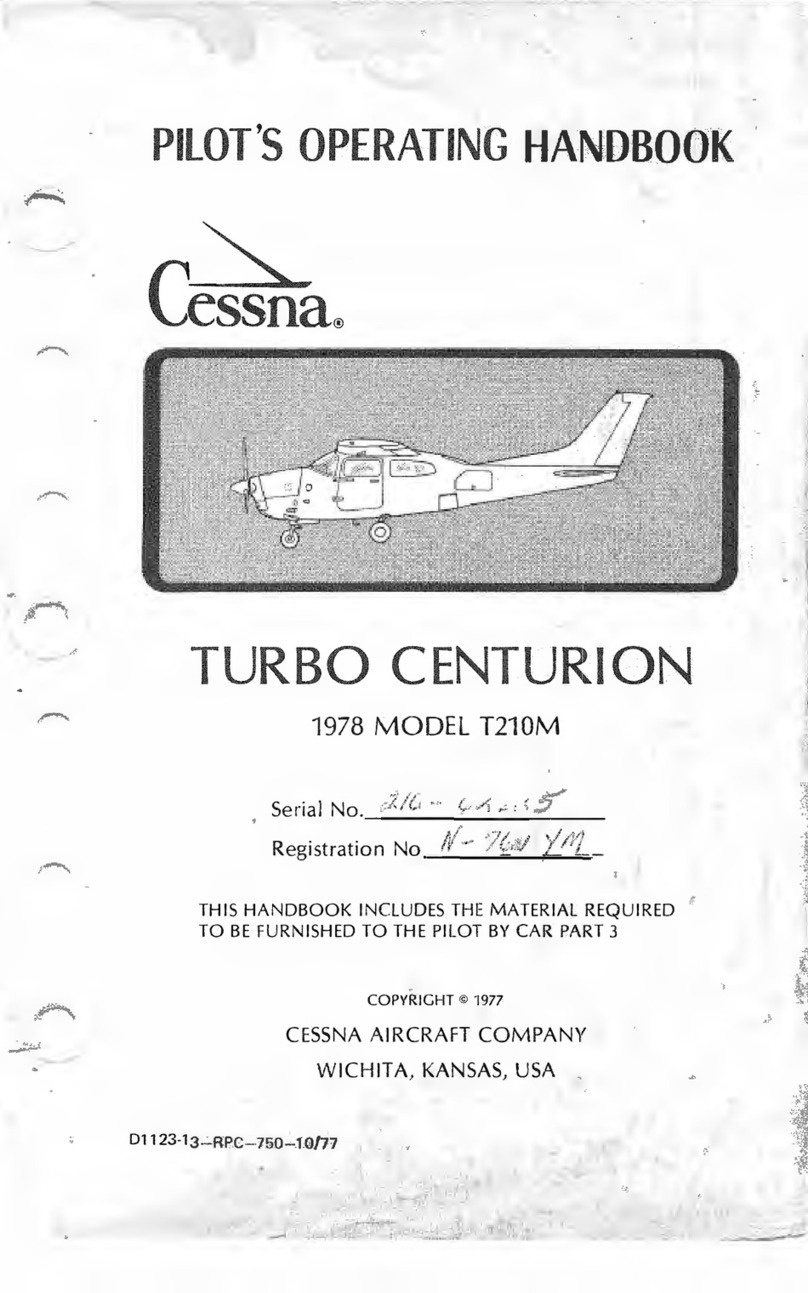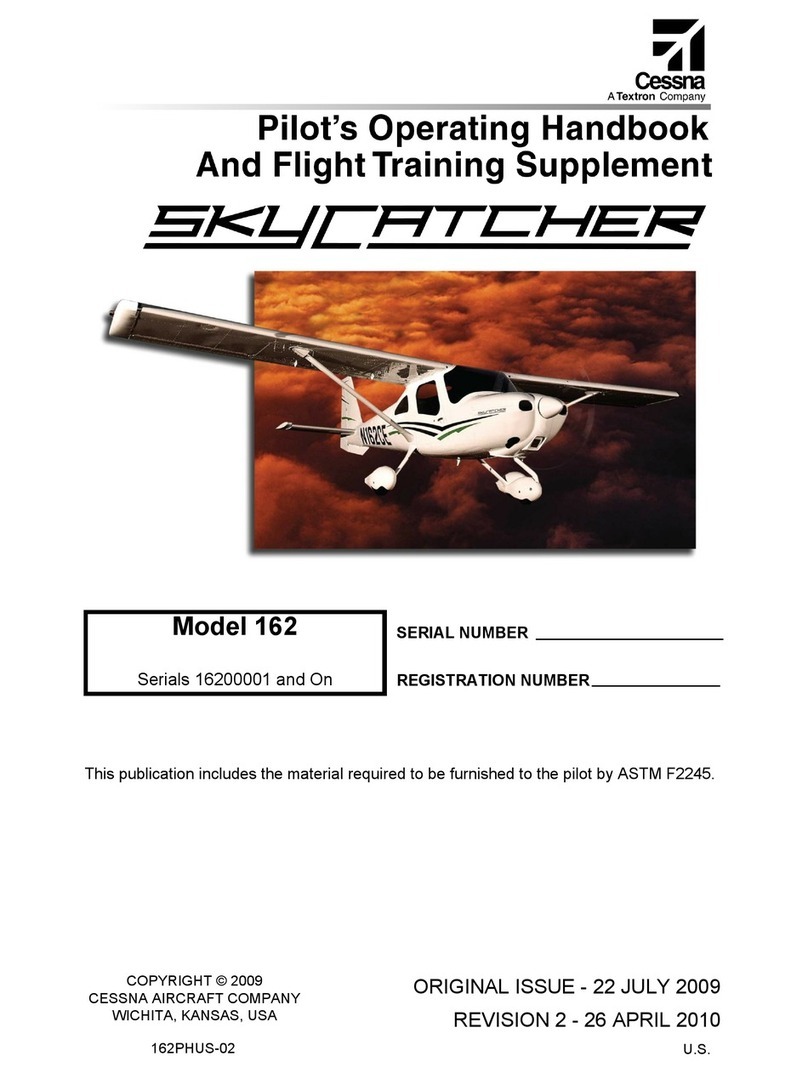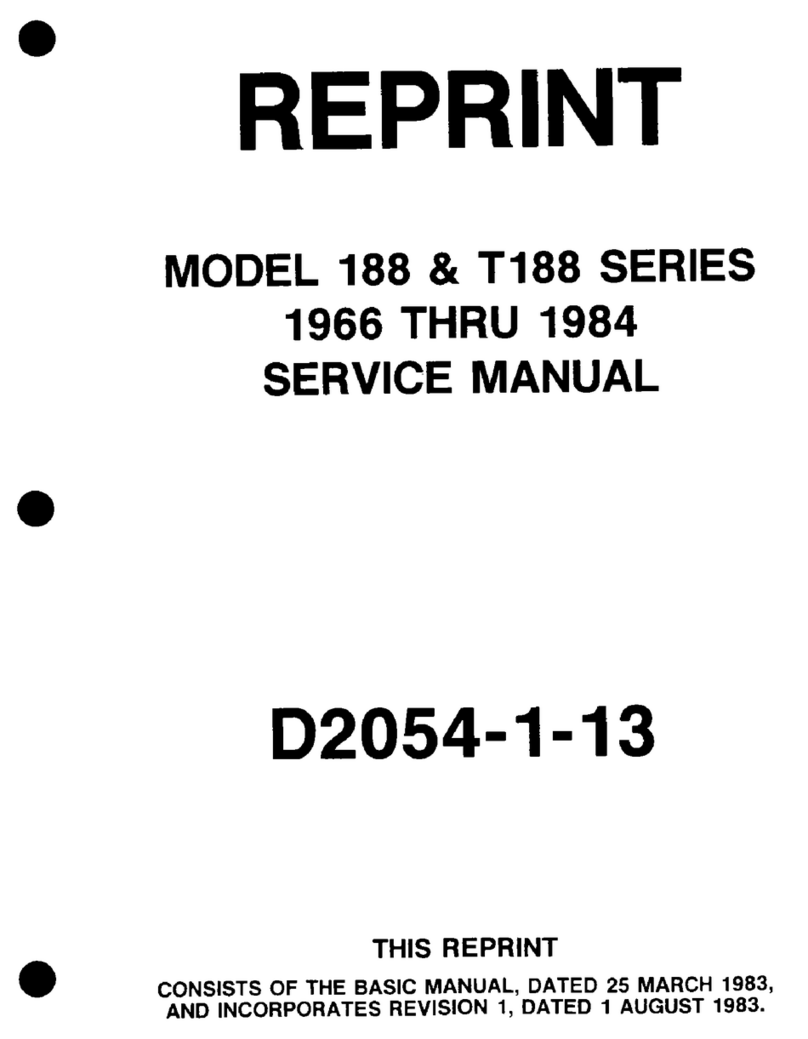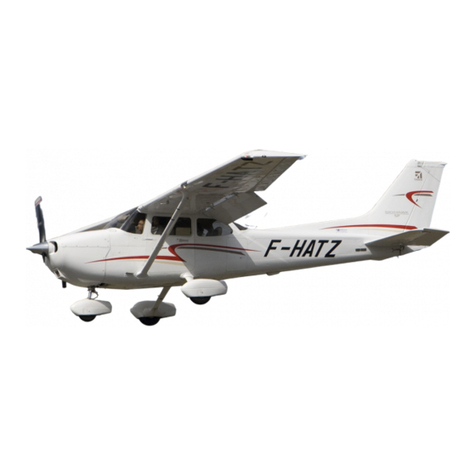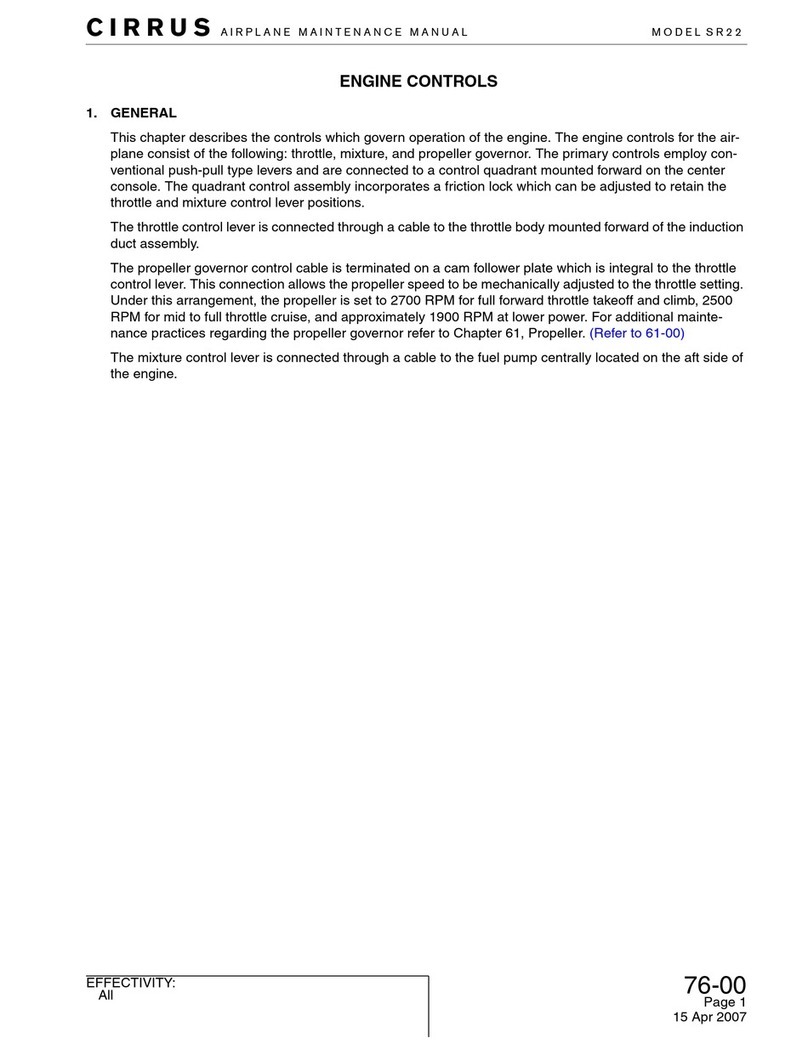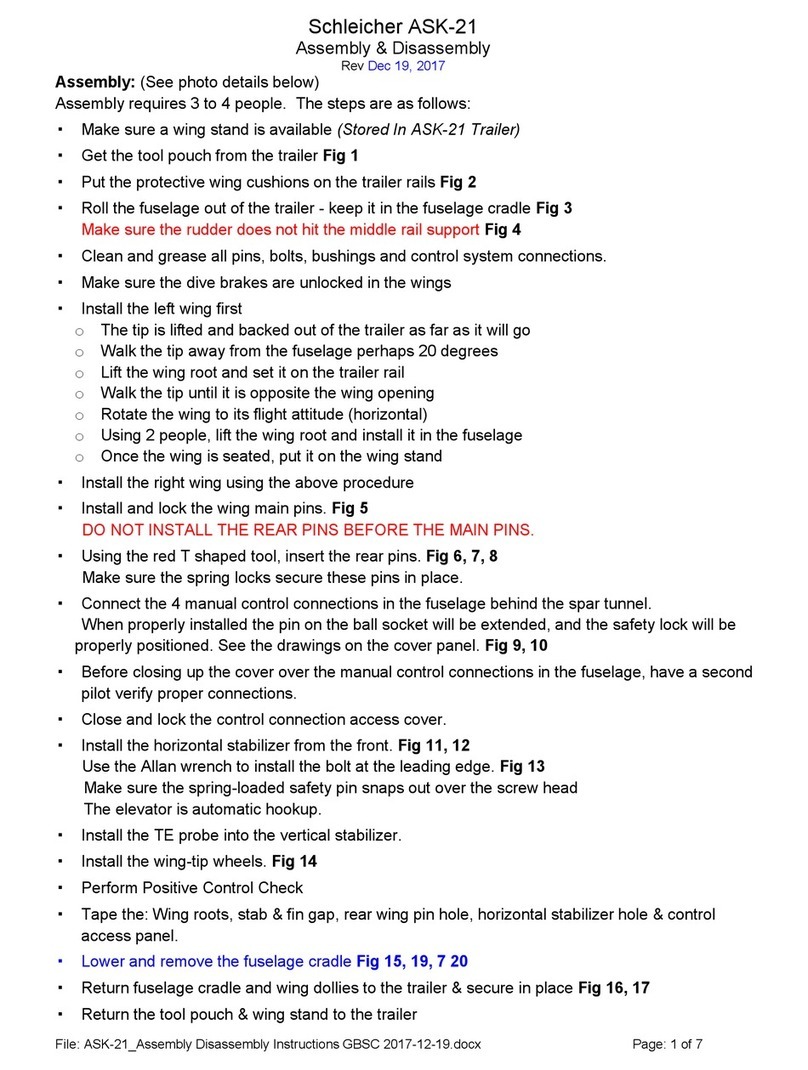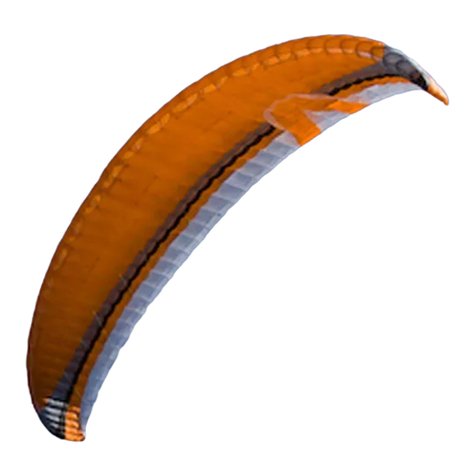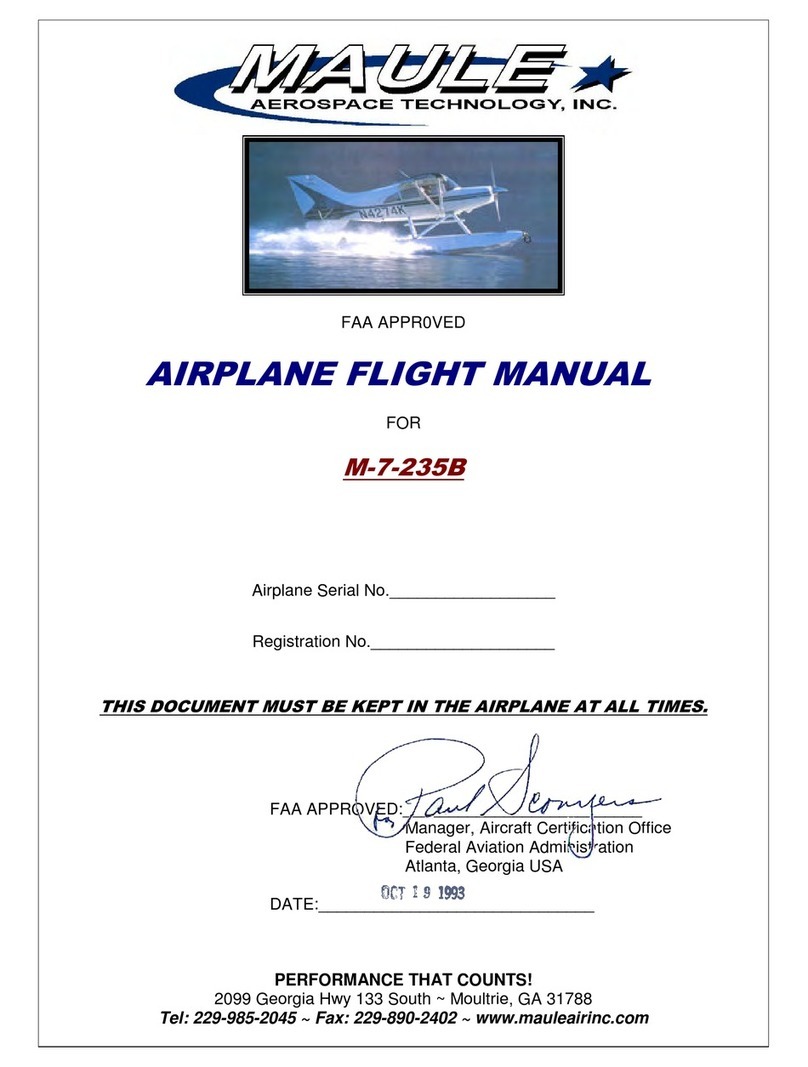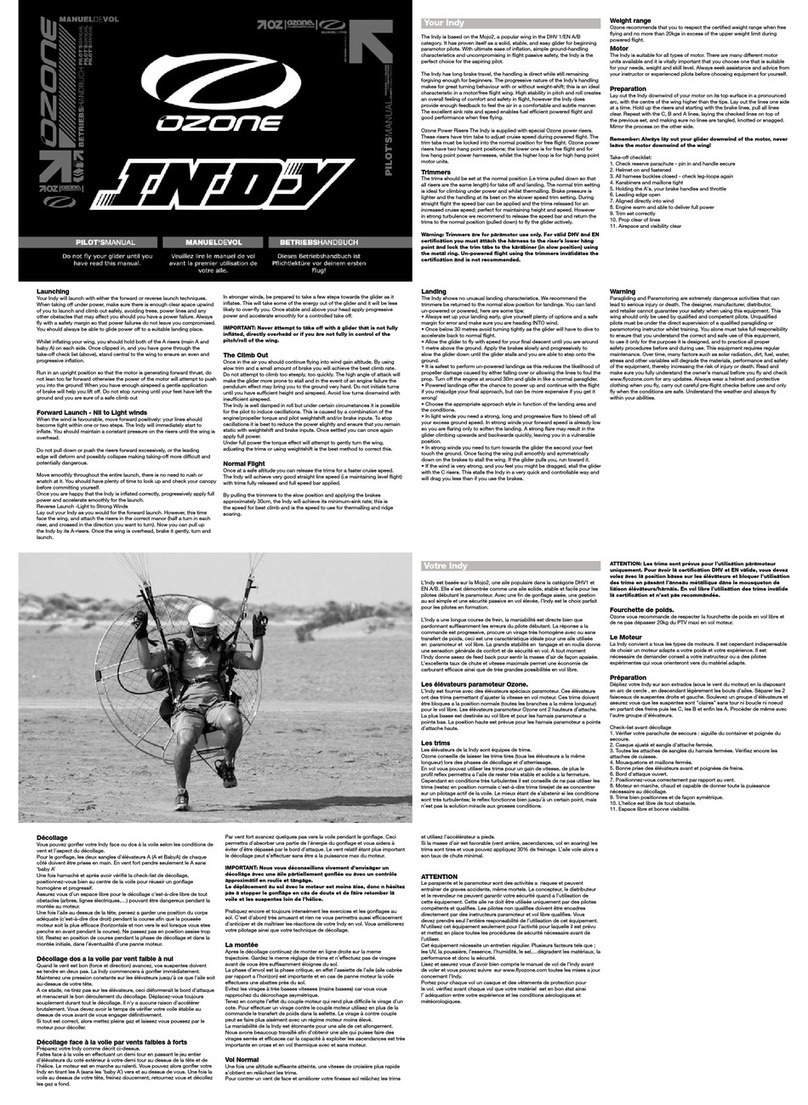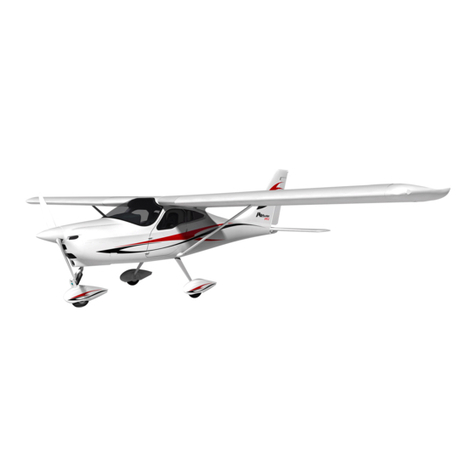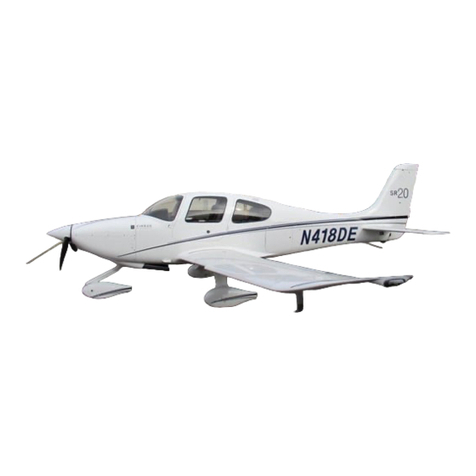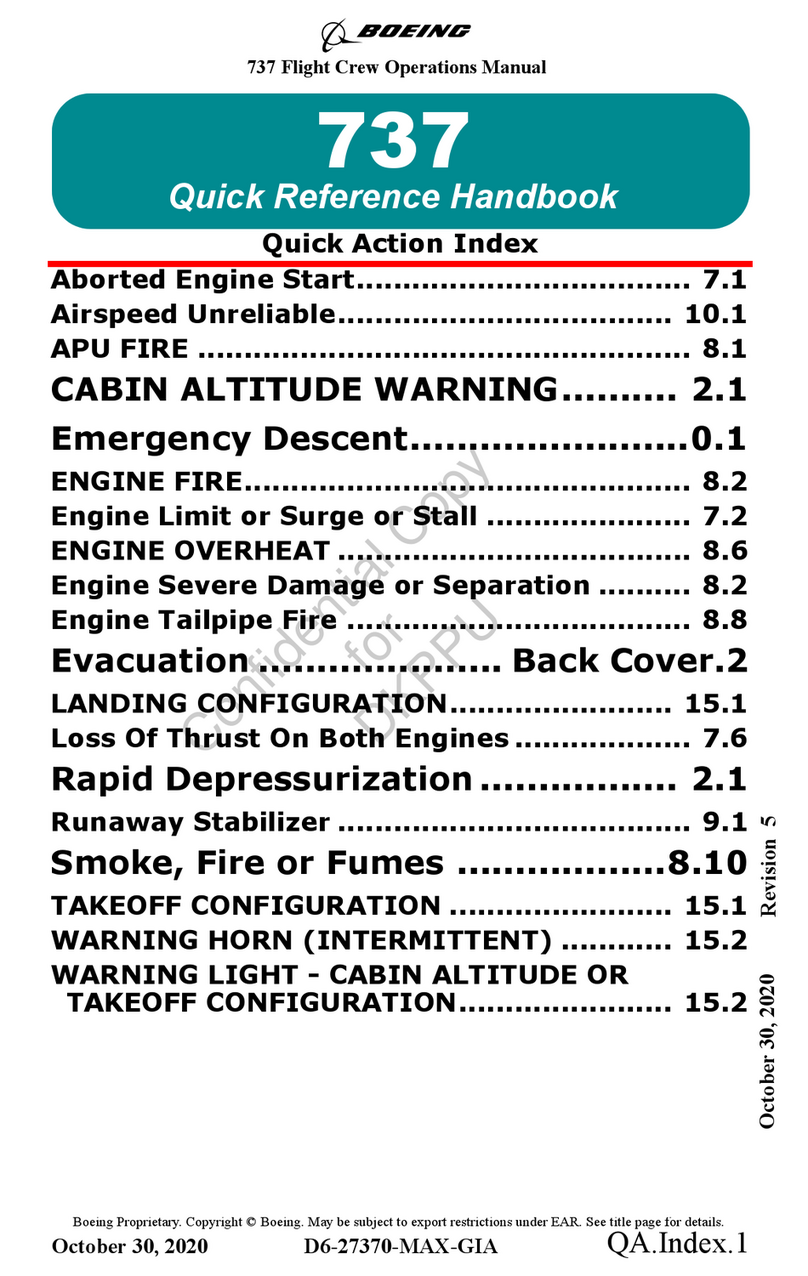
CESSNA 152 TRAINING MANUAL
Under Wallace's leadership, the Cessna Aircraft Company eventually became
the most successful general aviation company of all time
Cessna first began production of two-seat light planes in 1946 with the model
120 which had an all aluminium fuselage and fabric covered wings
This was followed by a nearly identical model the 140, with aluminium clad
wings
More than 7,000 model 120-140's were sold over four years when Cessna
stopped production in order to focus on four-seat aircraft
Cessna 150
In 1957 the company decided there was a market for a two seat trainer and
designed a tricycle geared version of the Model 140
Following their standard tailwheel/tricycle model scheme, Cessna named the
new aeroplane the 142, but for reasons now unknown changed their minds six
days later and renamed it the 150
Only 683 of the first model were built between 1957 and 1959 All were sold as
1959 models By 1966 the plane had become enormously popular, over 3000
1966 C150F alone were built, Cessna began assembly in France under contract
to Reims Aviation, and in 1967 the first C150 float option was offered
By the end of production in 1978 there were 23,839 C150's built, including
1764 produced by Reims in France, 47 produced in Argentina under contract to
Reims, and a total of 1079 Aerobats
The Cessna 150 was equipped with a four cylinder 100 horsepower Continental
0-200 engine During its 18 year production history there were many changes
to the C150 design These changes included increased cabin space, inclusion of
the omnivision rear window, improved control surface and cowling design,
manual to electric flap, 12 Volt to 24 Volt electrical system, mixture vernier,
key starter, and split master switches to name a few Most of the changes and
improvements throughout the C150 development can be considered as
contributory to the initial appearance and success of the Cessna 152
Cessna 152
In 1978 Cessna introduced the new revamped version of the C150, type
certified as the C152, with a 110 horsepower Lycoming O-235 engine and
modified airframe
The Lycoming engine was chosen to make the 152 more tolerant of the new
100 octane fuel, as well as provide a long overdue increase in horsepower
The cabin was widened slightly to make room for the increased girth of late
20th century pilots, and the maximum flap setting was reduced from 40
degrees to 30 degrees for a safer power to drag relationship
by D. Bruckert & O. Roud © 2004 Page 7

